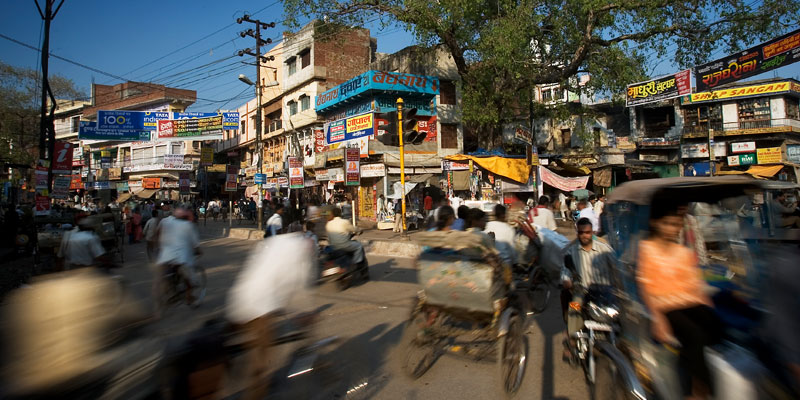Driving Changes Through CSR: Building Safer Roads and Stronger Communities
In 2021, the Transport Research Wing shared alarming statistics: 153,972 lives lost, and 384,448 injured in road traffic crashes in India.
But these numbers only hint at the true toll, as many injuries go unreported. Equally concerning is that India’s GDP suffers, losing 3% to 5% due to the socio-economic costs of these incidents.
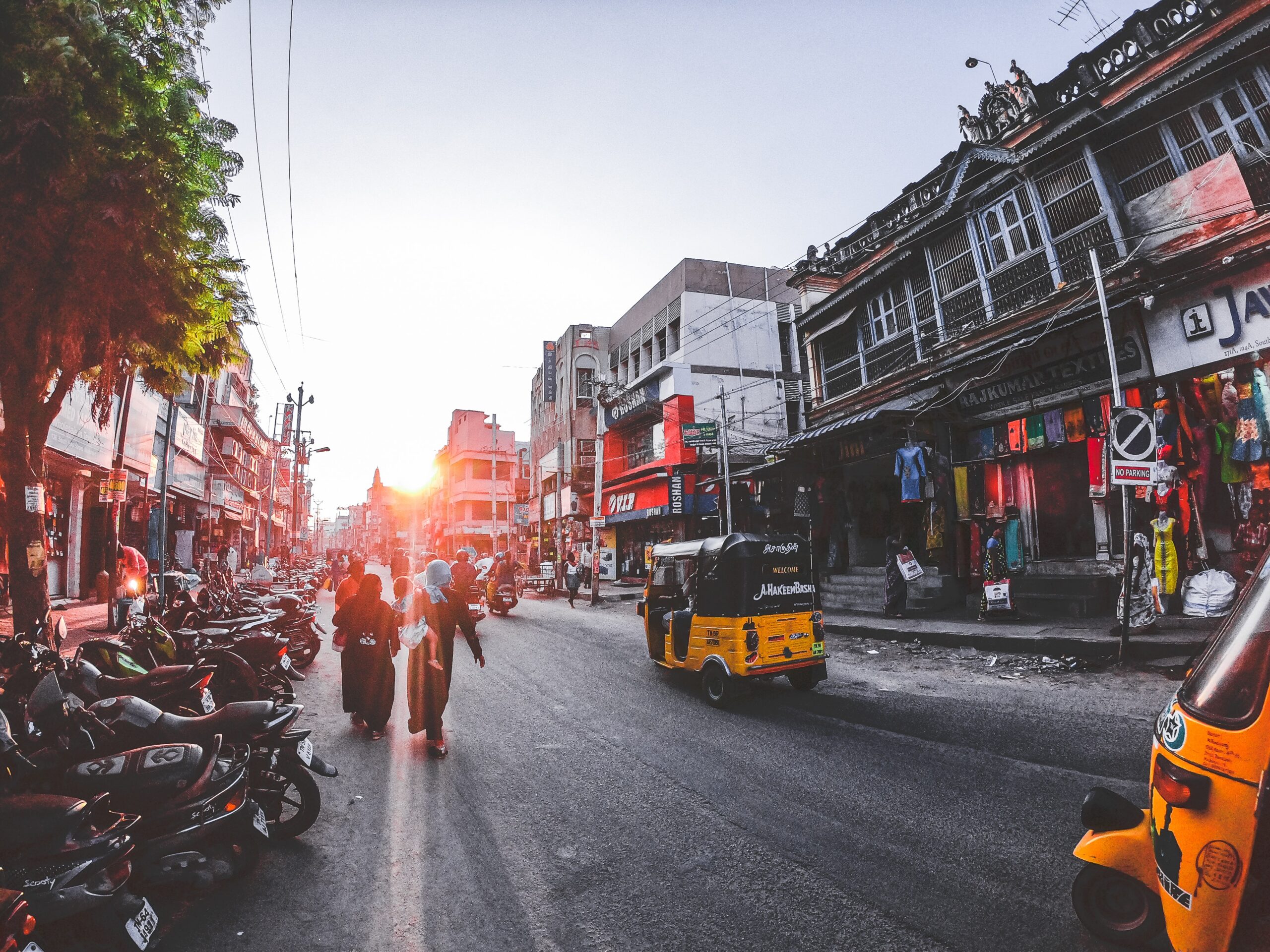 After China, India is the second country with the largest population of pedestrians. The Tamil Naidu leads in the number of road pedestrian deaths in India. In 2021, a total of 29,124 road accidents killed occurred on the roads of Tamil Naidu in which 3,647 people lost their lives. And it was the pedestrians who were the worst hit.
After China, India is the second country with the largest population of pedestrians. The Tamil Naidu leads in the number of road pedestrian deaths in India. In 2021, a total of 29,124 road accidents killed occurred on the roads of Tamil Naidu in which 3,647 people lost their lives. And it was the pedestrians who were the worst hit.
It’s almost the same story in Uttar Pradesh, where more than 50% of all road fatalities involve pedestrians; that is, 5 pedestrians are killed every day.
But the situation is no better in cities across the globe. The World Health Organization’s (WHO) global status report on road safety concluded that approximately 1.3 million people die each year as a result of road traffic crashes.
Corporate Social Responsibility (CSR) initiatives have the power to catalyze change by investing in road safety, fostering economic growth, and nurturing community well-being. In this article, we delve deeper into CSR-driven solutions for safer roads and the critical role of speed in curbing road accidents.
CSR-Driven Solutions for Safer Roads
Consider adopting these CSR-centric solutions for safer roads:
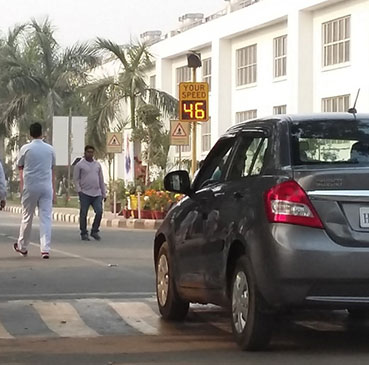
- Speed Cameras: Deploying speed cameras has been proven to significantly reduce speeding and enhance road safety. By capturing violations and enforcing speed limits, these cameras discourage reckless driving and promote responsible behavior.
- Radar Speed Signs: Portable and effective, radar speed signs not only slow vehicles down but also serve as visual reminders to drivers to adhere to speed limits. They contribute to heightened driver attentiveness, particularly in high-risk areas.
- Enforcement Officers: Stationing enforcement officers with speed guns on busy roads is a powerful way to curb speeding. While this may not be feasible everywhere, strategic placement can make a substantial impact on road safety.
- Data-Driven Decisions: Investing in technology that collects and analyzes data can help traffic officials make informed decisions. By identifying accident-prone zones and traffic patterns, authorities can prioritize areas in need of safety measures, maximizing the impact of road safety initiatives.
The Critical Role of Speed
Overspeeding is a leading factor in road crashes, and studies have consistently shown that even a modest 5% reduction in average traffic speed can result in a significant 30% drop in fatal crashes. Pedestrians, in particular, are vulnerable to high-speed collisions, making speed control a pivotal aspect of road safety.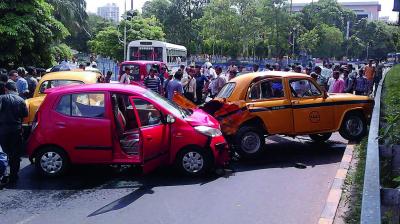
Lowering driving speeds not only saves lives but also has far-reaching environmental benefits. It reduces air pollution, minimizes traffic noise, and cuts down fuel consumption. These environmental advantages, in turn, encourage healthier habits such as walking and cycling, contributing to a greener and more sustainable future.
Despite the evident benefits of slowing down, many countries continue to invest in wider, faster roadways, inadvertently encouraging speeding. It is essential to shift the paradigm and humanize our roads, treating them as spaces meant for all. Safe roads should be recognized as a fundamental human right, transcending geographic boundaries and socio-economic disparities.
CSR for Business Success
Businesses, too, have a critical role to play in building safer roads and stronger communities. By offering quality, safe streets where customers feel comfortable and secure, companies can enhance their success. Walkable cities often enjoy higher customer retention rates, demonstrating that investments in road safety can yield significant returns.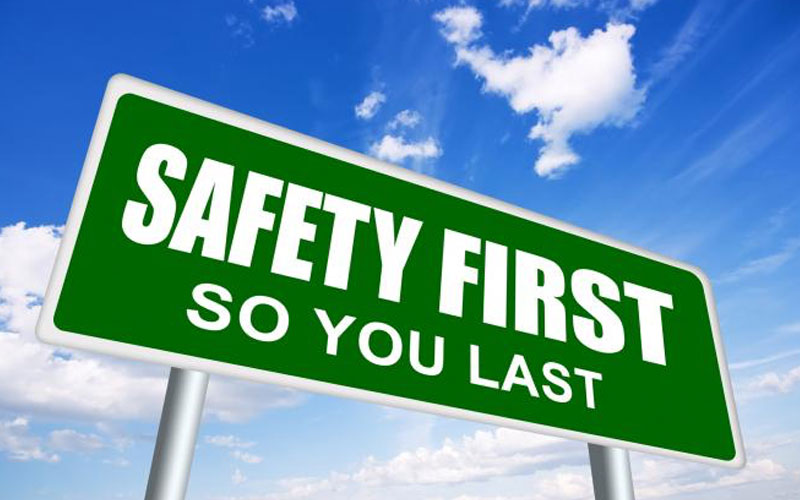
To create roads and streets safe for all, pedestrians, cyclists, and motorists must share responsibility. Drivers should minimize distractions, adhere to speed limits, and exercise caution, while pedestrians and cyclists should follow safety measures and promote responsible road use. Only through collective efforts can we ensure the safety and well-being of everyone on our roads, from children and adults to seniors, individuals with disabilities, teens, and even pets.
Data Sources
https://www.who.int/violence_injury_prevention/road_traffic/en/

